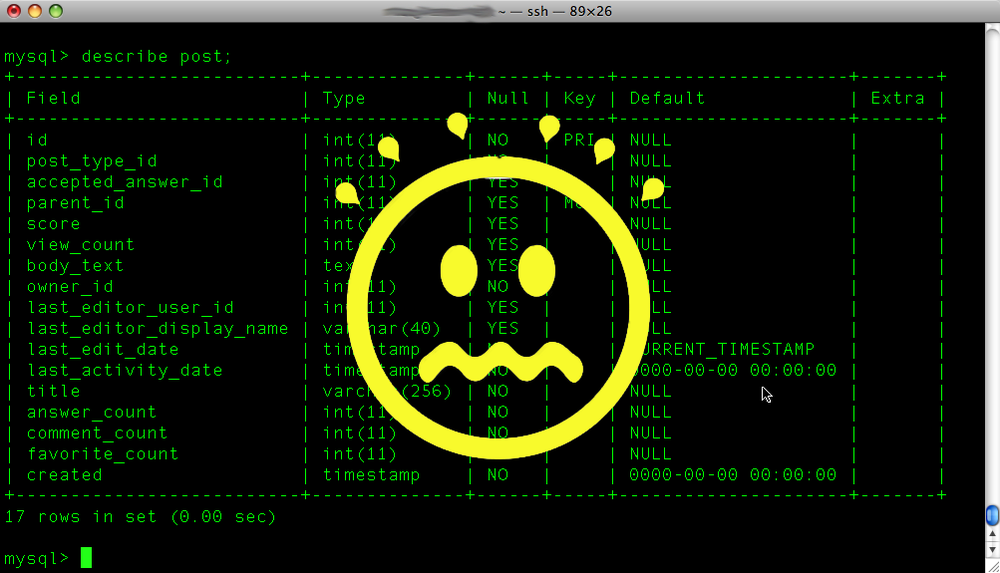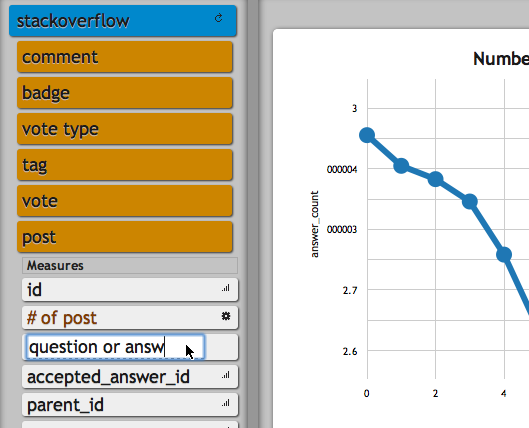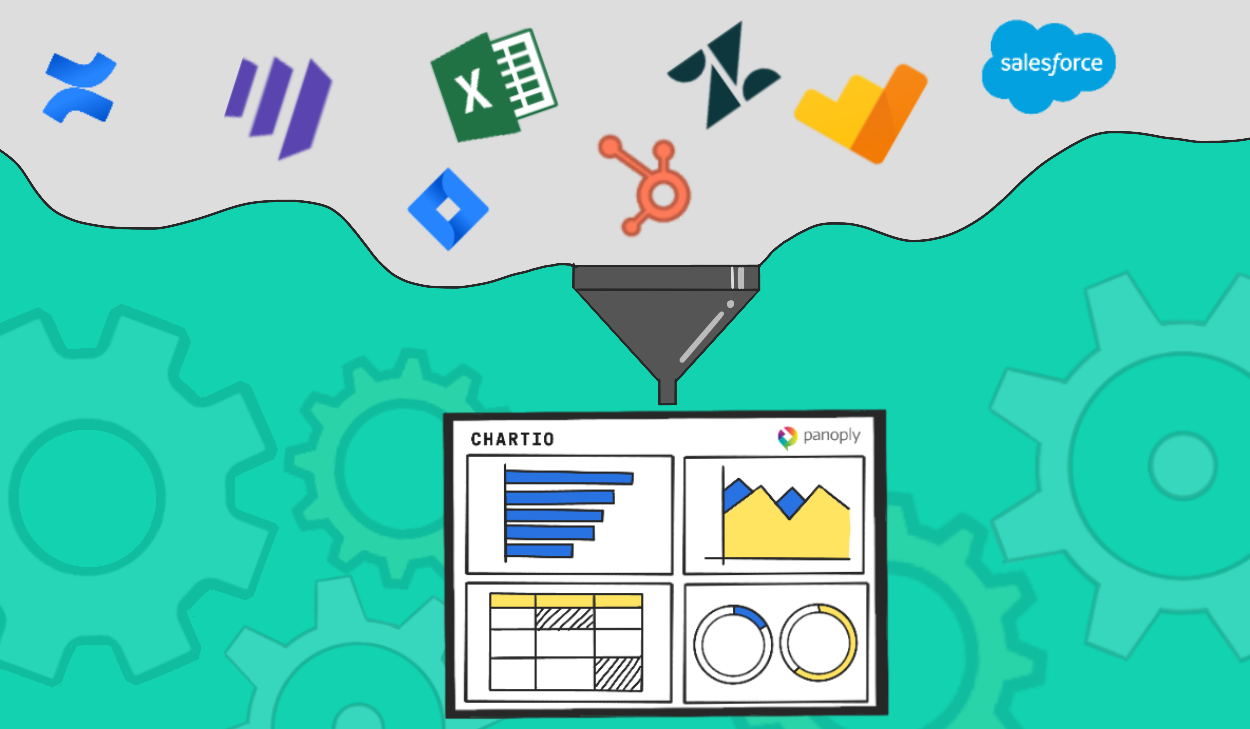Databases are generally not built to be used or easily read by the lay person. They’re designed by and for engineers with very cryptic table and column names like “so_posts.post_type_id” that have a lot of meaning to the creators but don’t make a lot of sense to anyone else (think fortune cookies).

So even if you know SQL, you often have to go to the original engineer to find out where exactly the data you’re looking for is located. And if you don’t know SQL, well…
Chartio has created a beautiful UI for pulling data and creating charts, allowing even the non-SQL knowing members of your team to find what they want in the database. But until today, the data has been cryptically named and pretty poorly organized.
Clean Table and Column Names
Today we’ve released a few new features to enable you to very easily clean up your database interface so people on your team, besides the engineers who designed the database, can better understand the contents. We do this by simply allowing you to re-name and re-categorize the table and column names.

Lets take the cryptic name “post_type_id” which in the StackOverflow dataset indicates whether a post is a question or an answer. That’s a pretty difficult thing to assume from simply the name of the column, so lets change the name to “question or answer” which makes a lot more sense for our charting purposes.
From the chart creator view simply click on a column in the left sidebar and type the new name.



The same can be done for table names, which can also be cryptic. Below we’ll change “so_user” to just “user”.



Change Column Data Types
Another column level feature we’ve added is the ability to change the type of your columns. Chartio automatically categorizes your columns as a String, Number, Date or Meta column. Frequently, when people use Unix Timestamps, their date columns are categorized as Numbers because they’re stored in the database as integers. In the past, this would cause some problems, but now you can simply click to select a different data type for the column.
To demonstrate, here we change the unix timestamp column to be classified as a Date instead of a Number.


Change Column Data Types
Chartio will then automatically know to treat that column as a Date column, applying all the special attributes of Dates to it.
For our technical readers: Chartio will from then on wrap all SQL requests for this column in a FROM_UNIXTIME function.

Be sure to let us know what you think and make additional requests in the feedback forum!


